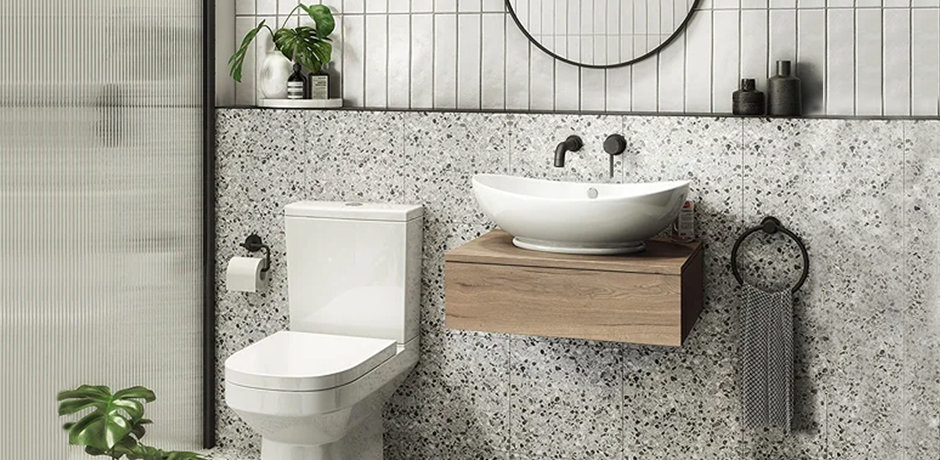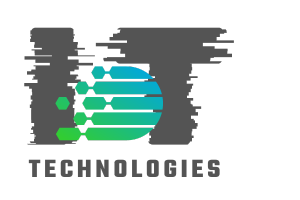
Advantages of High-Efficiency Toilets for Modern Homes
Share
In the realm of sustainable living and smart home innovations, high-efficiency toilets (HETs) have emerged as a pivotal component. Especially for tech-savvy individuals and environmentally conscious homeowners, understanding the advantages of high-efficiency toilets can significantly impact both ecological footprints and water bills.
As technology continues to revolutionize our homes, even the most basic of amenities are getting a futuristic makeover. The humble toilet, a staple in every household, has now joined the ranks of tech-enhanced devices, promising not only comfort but also efficiency and sustainability. But why exactly should tech professionals and enthusiasts consider incorporating these toilets into their smart homes?

Understanding High-Efficiency Toilets
Before diving into the advantages of high-efficiency toilets, it's essential to comprehend what sets them apart. These toilets are designed to use significantly less water per flush compared to traditional models. While standard toilets may use up to 6 gallons per flush, HETs typically use 1.28 gallons or less. This innovative design is not just about reducing water usage; its about creating a more sustainable environment.
For those interested in the mechanics and technology behind these toilets, [this detailed explanation](https://iottechnologies.io/blogs/our-latest-posts/high-efficiency-toilets-explained) provides a comprehensive overview.
Water Conservation and Environmental Impact
One of the most prominent advantages of high-efficiency toilets is their contribution to water conservation. With water scarcity becoming a critical global issue, every drop counts. HETs help conserve thousands of gallons of water annually per household, making them a cornerstone in sustainable living.
Moreover, by reducing water consumption, these toilets contribute to lower water bills, offering financial savings in the long run. The environmental benefits extend beyond just water conservation; reduced water usage also means less energy required for water heating and treatment, further decreasing your home's carbon footprint. For more on how these toilets contribute to water conservation, check out [this insightful blog](https://www.seametrics.com/blog/10-ways-you-can-conserve-water-at-home/).
Smart Home Integration
For tech enthusiasts, the integration of high-efficiency toilets into smart home systems presents exciting possibilities. These toilets can be equipped with sensors and IoT technology to monitor water usage, detect leaks, and even automate flushing based on usage patterns. This not only enhances convenience but also allows for more efficient water management.
Exploring the latest trends in smart toilets, including high-efficiency models, can provide insight into how these devices are shaping the future of home automation. For those interested, [this article on smart toilets](https://iottechnologies.io/blogs/our-latest-posts/smart-toilets-for-water-conservation) dives deeper into the topic.
Economic Benefits
Beyond environmental and technological advantages, high-efficiency toilets offer significant economic benefits. The initial investment in an HET can be offset by the savings on water bills over time. Additionally, many regions offer rebates and incentives for homeowners who upgrade to water-saving fixtures, further reducing the cost of installation.
Understanding the financial implications and benefits of adopting high-efficiency toilets can guide tech professionals and homeowners in making informed decisions. For more on the economic aspects, consider exploring [this resource](https://resslermateer.com/the-benefits-of-water-efficient-toilets/).
Challenges and Considerations
While the benefits are clear, there are also challenges to consider. The performance of high-efficiency toilets can vary based on design and installation quality. Therefore, its crucial to research and select models that have been well-reviewed and tested for performance.
Additionally, some homeowners may face challenges with retrofitting older plumbing systems to accommodate new fixtures. However, the long-term benefits often outweigh these initial hurdles, making the transition worthwhile.
For guidance on addressing common issues with water-saving toilets, [this troubleshooting guide](https://iottechnologies.io/blogs/our-latest-posts/how-to-fix-a-water-saving-toilet) can be a valuable resource.
Conclusion
In conclusion, the advantages of high-efficiency toilets are multifaceted, offering environmental, economic, and technological benefits that align with the values of tech professionals and enthusiasts. As smart home technologies continue to evolve, incorporating sustainable solutions like HETs will be essential in creating homes that are not only smart but also responsible.
For those ready to take the step towards a more efficient and sustainable home, the journey with high-efficiency toilets is just beginning. Embracing this change not only supports environmental efforts but also enhances the modern living experience.

FAQs
What are high-efficiency toilets?
High-efficiency toilets are designed to use significantly less water per flush compared to traditional toilets, typically using 1.28 gallons or less per flush.
How do high-efficiency toilets contribute to water conservation?
By using less water per flush, high-efficiency toilets help conserve thousands of gallons of water annually, reducing the strain on water resources and lowering utility bills.
Can high-efficiency toilets be integrated into smart home systems?
Yes, high-efficiency toilets can be equipped with sensors and IoT technology for monitoring and automating water usage, making them a valuable addition to smart home systems.
This article contains affiliate links. We may earn a commission at no extra cost to you.
